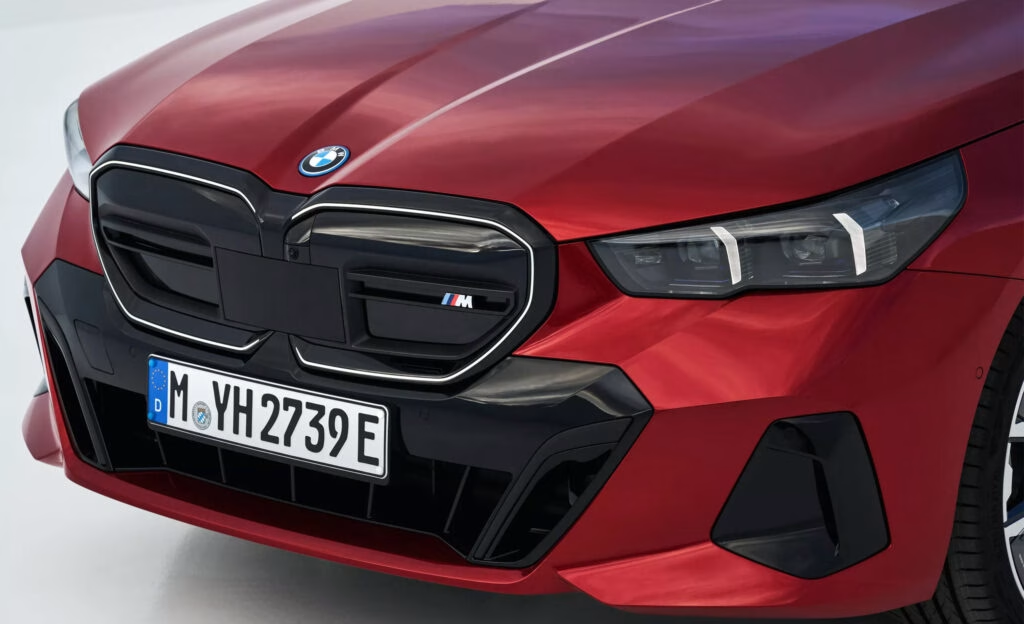Sales of the BMW 5-Series have been nothing short of impressive in Europe, with a staggering 56% increase in sales during the first four months of the year. This surge is particularly noteworthy given that the latest model, launched in May 2023, has quickly established itself as a favorite among buyers, outpacing competitors like the Mercedes E-Class and Audi A6.
Why Are Buyers Flocking to the BMW 5-Series?
The 5-Series has become the best-selling large premium car in Europe, with 20,402 units sold from January to April 2025. This remarkable performance can be attributed to several factors. First, the new model offers a fresh design and advanced technology that appeals to modern consumers. Additionally, the availability of various powertrains—including internal combustion engines (ICE), hybrids, and electric vehicles (EVs)—gives buyers the flexibility to choose what best suits their needs.
Interestingly, the estate versions of these premium models are also gaining traction. In Germany, for instance, about 60% of buyers prefer the estate variant over the sedan. This trend is reflected in the sales figures, with 61% of BMW i5 sales being for the Touring model. The appeal of estate cars lies in their practicality, offering more space without compromising on luxury or performance.
How Does the Competition Stack Up?
While BMW is leading the charge, Mercedes-Benz is not far behind. The E-Class saw a 19% increase in sales, totaling 15,811 units during the same period. Audi’s A6 and S6 models also performed well, with sales reaching 13,774, marking a 10% increase year-over-year. However, the electric vehicle segment tells a different story. The BMW i5 has seen a remarkable 55% increase in sales, totaling 8,843 units, while the Mercedes EQE has struggled, experiencing a 22% drop to just 3,740 units sold.
The competitive landscape is shifting, and it’s clear that consumers are gravitating towards brands that offer a diverse range of powertrains. Diesel and hybrid vehicles each account for 30% of large premium vehicle sales, while EVs are catching up with a 27% market share. This shift highlights the importance of offering choices that cater to varying consumer preferences, especially as the automotive industry moves towards electrification.
What’s Next for the BMW 5-Series?
Looking ahead, BMW is already working on a facelift for the 5-Series, aiming to enhance its design and incorporate the latest technological advancements. Given the current model’s success, the upcoming updates will have to be significant to maintain its competitive edge. The eighth-generation 5-Series has set a high bar, and the pressure is on to deliver something that not only meets but exceeds customer expectations.
In summary, the BMW 5-Series is currently enjoying a remarkable surge in popularity, driven by a combination of innovative design, diverse powertrain options, and a strong preference for estate models. As the automotive landscape continues to evolve, it will be fascinating to see how BMW and its competitors adapt to changing consumer demands.
The big takeaway? The success of the 5-Series isn’t just about having a great car; it’s about understanding what buyers want and delivering on those needs. If you’re in the market for a premium vehicle, consider what features matter most to you—whether it’s performance, space, or sustainability. Start with one change this week, and you’ll likely spot the difference by month’s end.

